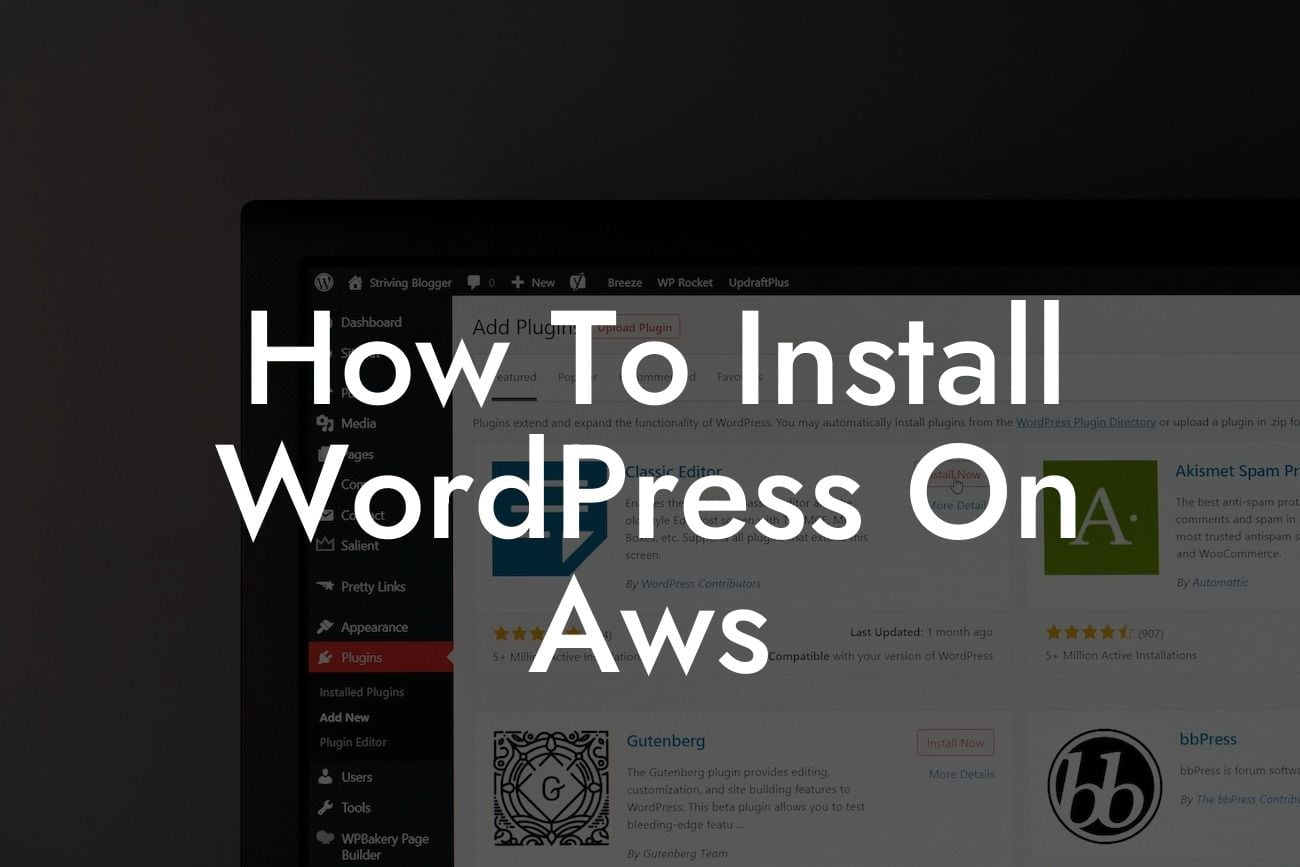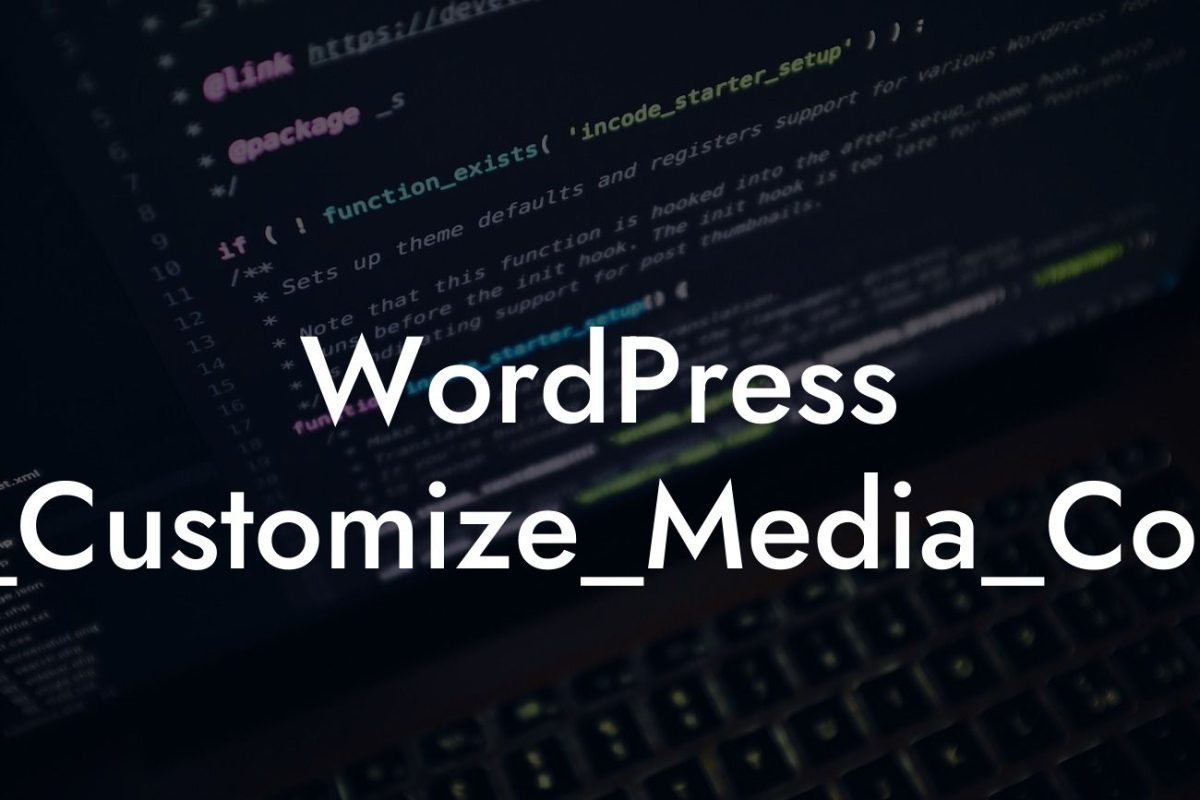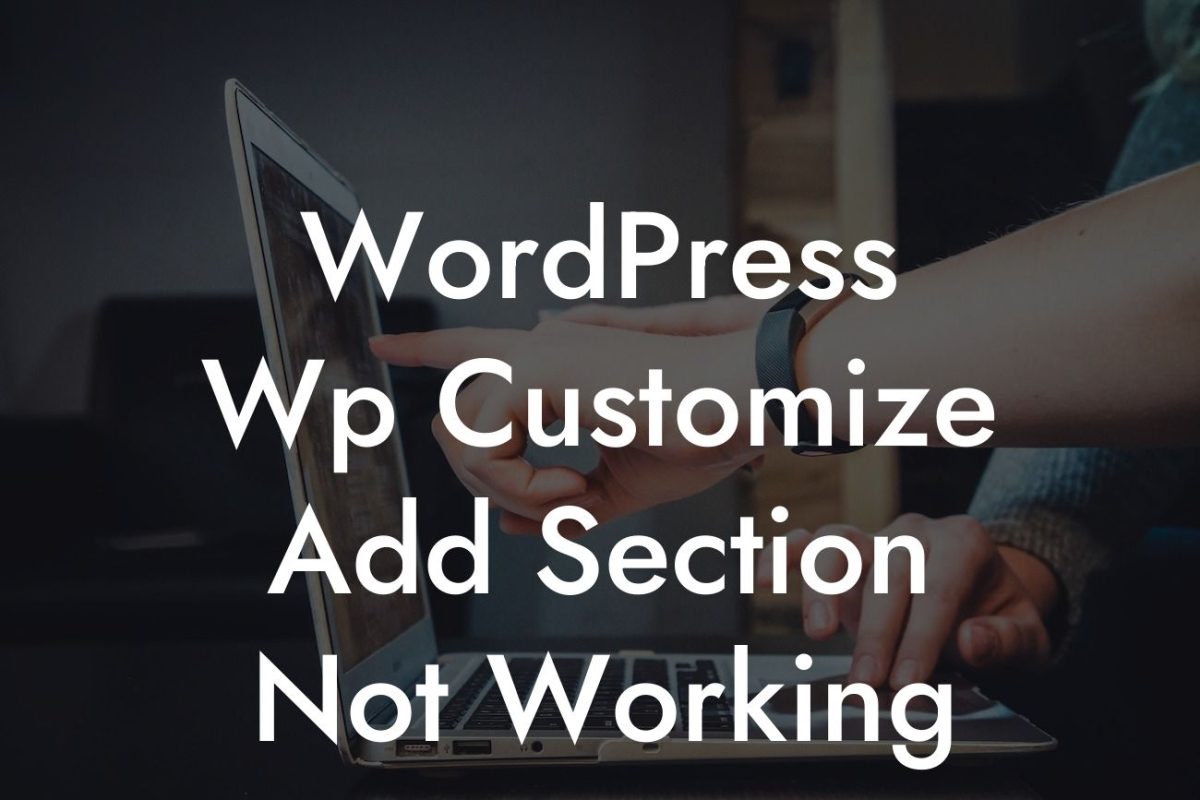Installing WordPress on AWS may seem like a daunting task for many small businesses and entrepreneurs. However, with the right guidance and our powerful DamnWoo WordPress plugins, you can easily elevate your online presence and bring your website to new heights. In this comprehensive guide, we will take you through a detailed step-by-step process to get WordPress up and running on AWS. Say goodbye to cookie-cutter solutions and embrace the extraordinary!
Setting up WordPress on AWS requires a few essential steps that we'll cover in depth. From creating an AWS account to configuring and launching your server, we'll provide you with everything you need to know. Let's dive right in:
1. Creating an AWS Account:
- Sign up for an AWS account and complete the necessary registration process.
- Familiarize yourself with the AWS Management Console and its key features.
Looking For a Custom QuickBook Integration?
2. Launching an EC2 Instance:
- Create a new EC2 instance to host your WordPress site.
- Select the appropriate Amazon Machine Image (AMI) for WordPress.
3. Configuring Security Groups:
- Set up security groups to control inbound and outbound traffic.
- Configure rules to allow access to essential ports for WordPress.
4. Installing WordPress:
- Connect to your EC2 instance using SSH.
- Install LAMP (Linux, Apache, MySQL, PHP) stack on your server.
- Download and configure WordPress to run on your EC2 instance.
5. Configuring the Database:
- Create a MySQL database for your WordPress site.
- Update the WordPress configuration file with the database credentials.
6. Setting Up the Domain Name:
- Configure your domain name to point to your AWS EC2 instance.
How To Install Wordpress On Aws Example:
Let's say you own a small e-commerce store and want to install WordPress on AWS to enhance your website's performance and security. By following the steps mentioned above, you can easily set up WordPress on AWS for your online store. With DamnWoo's powerful WordPress plugins, you can elevate your website's functionality, improve user experience, and boost sales.
Congratulations! You have successfully installed WordPress on AWS with DamnWoo's guidance. Now, it's time to explore the wide range of DamnWoo's powerful plugins designed exclusively for small businesses and entrepreneurs like you. Elevate your online presence, supercharge your success, and discover how DamnWoo can take your website to the next level. Don't forget to share this article with others who might find it helpful and check out our other guides for more valuable insights. Start your journey with DamnWoo today!
Word Count: 748 words













